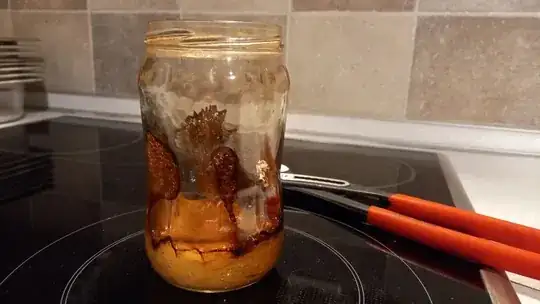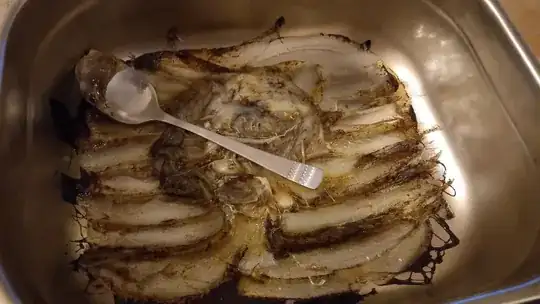Every time I try melting a scrap piece of plastic it ends up turning brown, smelling, and smoking before even melting down completely. My entire home ends up filled with cancerous fumes and there's no way I'm baking any food in my oven ever again. I've tried different types of Nylon, ASA, and PLA and all of them turned brown before properly melting. I placed the scraps inside a glass jar inside an oven and tried both slowly increasing the temperature, and placing it into the preheated oven.
Absolutely disgusting.
I would like to melt it into blocks or cylinders or planes and further process it with my lathe, my CNC mill, bandsaw... whatever, like this guy:

